When it comes to valve types, there are gate valves, ball valves, needle valves and the like. While managing flow of the fluid in various industrial applications like oil and natural gas industry, ball valves are the most common option. These valves are known to be simple in their design, easy to operate, and capable of precise flow control. Handles are the important component of a ball valve, which can be used for opening, closing and throttling the valve when required. This guide will feature the various types of ball valve handles, their materials, installation, maintenance, and how to select the best one for your individual application.
What is a Ball Valve Handle?
A ball valve handle is the part of the valve that is manipulated by the user to adjust the fluid flow direction through the valve. It is tightly screwed onto the valve stem that is, in turn, connected to the ball inside the valve body. Through the handle rotation, the ball will either go with the flow path, and let the media pass through, or block the flow path, and stop the media flow.
Ball valve handles can be found in a multitude of designs, each of which is intended for a particular purpose and for user convenience. For example, handwheels, gear operators, and automatic actuators are some commonly used types. The choice of handle is determined by the valve size, the required torque and the frequency of valve operations.
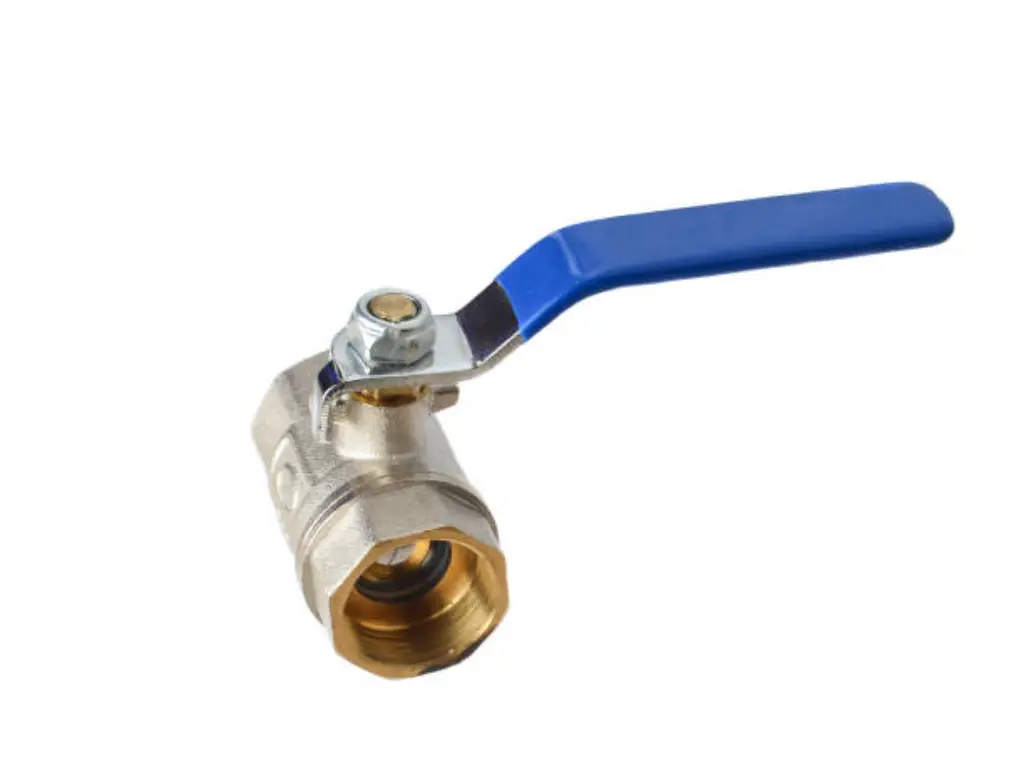
Information on Common Ball Valve Handle Types
The ball valve handles have such design as to be able to meet the requirements of different industries and working conditions. Here, we will present different types which include lever handles, butterfly handles, push-button handles, T-handles, gear-operated handles, and electrical and pneumatic handles. There are different types of manufacturing systems. Each of them has its own structure, mode of operation, pros and cons and typical applications in different industries, making it important to understand the specific type of ball valve handles needed for optimal function and performance.
Lever Handles
Lever handles serve a simple design to operate since operators open or close the valve with a quarter-turn motion. This handle is convenient for rapid operation in both the industrial and residential areas. Its main advantage is that it is easy to use. However, in high-pressure situations, its effectiveness is limited by the force that needs to be applied manually.
Butterfly Handles
Butterfly handles, also known as flange handles, are circular in shape and have a valve stem that connects to the shafts that rotates at a 90° angle. This handle is a compact one and it needs less space than a lever handle so that it is suitable for small spaces. It provides process control but it might not be able to offer the fine control needed in some industrial applications.
Push-Button Handles
Push-button handles are made for quick and easy operation. These devices have a spring-loaded button that, when pressed, enables the ball to spin and direct the flow. These valve handles are widely used in pneumatic and hydraulic systems where quick on/off control is a necessity.
T-Handles
These T-handles have a T-shape that gives a comfortable grip and effortless operation. These are usually used in places where a broader gripping surface is required, for instance, in high-torque valves or valves that are located in hard-to-access areas.
Gear-Operated Handles
A manual gearing ball valve handle is a tool of operation. It is used for the control of large size valves or the valves under high pressure. Sometime these valves are difficult to operate even with the lever handle. The handle is complete with a gearbox. Thus, this transmission system provides a force multiplication, whereby the operator applies more force. Therefore, it is possible to turn the valve with less effort.
Electrical and Pneumatic Handles
In some industrial places, the automated control of ball valves is indispensable. This is where electric and pneumatic handles are used. These handles that are also called actuators permit remote control of the valve. They can be regulated by the signals from the process control system. Electrical and pneumatic handles allow for exact control of the valve. Consequently, they are suitable for applications that require either regular or complex valve operation. This handle type is often used in different applications including chemical processing and industrial settings.
Below is a summary table of these ball valve handle types:
| Handle Type | Operation Method | Advantages | Disadvantages | Typical Applications |
| Lever Handle | 90-degree lever turn | Quick operation, easy to use | Requires space for operation | Water treatment, HVAC systems, general plumbing |
| Butterfly Handle | 90-degree disc rotation | Compact, precise control | Limited granularity of control | HVAC, marine applications, compact industrial spaces |
| Push-Button Handle | Button press | Quick operation | No partial flow control | Emergency systems, safety shut-off valves |
| T-Handle | Rotational force applied | Good torque, minimal effort | Slower operation | Underground utilities, confined industrial areas |
| Gear-Operated Handle | Gear mechanism multiplies force | Eases operation of large valves | Complex, costly | Oil and gas, chemical processing, high-pressure lines |
| Electrical/Pneumatic Handle | Electric or pneumatic power activates valve | Automates operation, remote control | Requires power source, complex | Automated production lines, remote control systems |
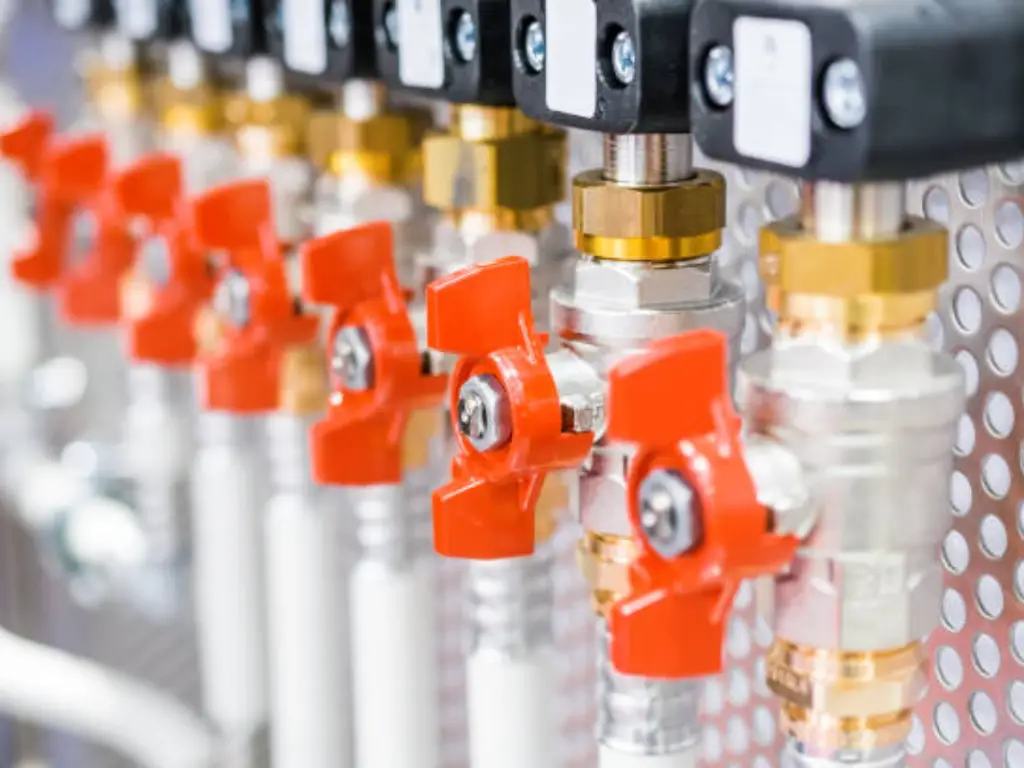
Material Choices for Ball Valve Handles
The material of the ball valve handle is a key factor since it influences valve durability, corrosion resistance, and general operation. Common materials for ball valve handles include:
- Stainless Steel: Stainless steel is a widely used material for ball valve handles because of its great resistance to corrosion and strength, especially in applications where demand for the valve is high, such as chemical processing, food and beverage, and pharmaceutical industry.
- Brass: Brass is a low-cost and common material for ball valve handles in general-purpose use. It has good corrosion resistance and it is easy to machine and maintain too.
- PVC: For such applications as corrosive media or where lightweight and non-conductive features are needed PVC ball valves with PVC handles are used. They are often present at water treatment plants, irrigation, and swimming pool systems.
- Aluminum: The aluminum handles create a good balance of strength, corrosion resistance and lightness. They are ideal for weight saving purposes and are thus used in areas such as aerospace and transport industries.
The selection of material, however, is influenced by conditions like the operating environment, media compatibility, and budget considerations. It is crucial to choose a material that can handle the particular conditions of your application so that durability and performance will be preserved.
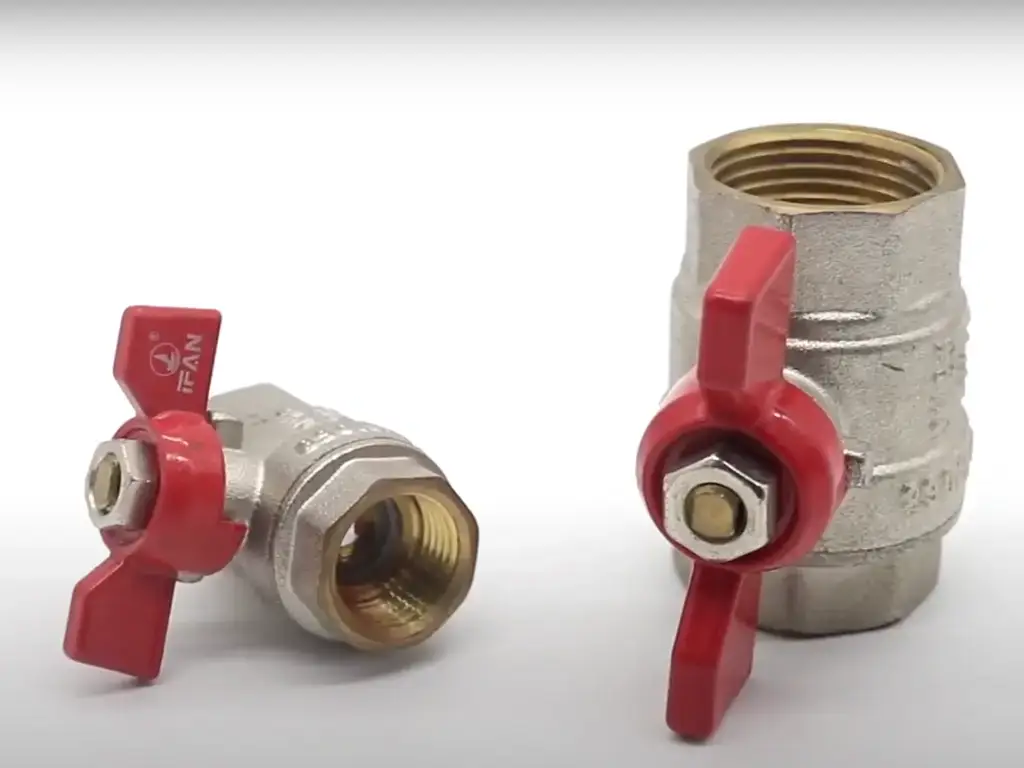
Installation Tips for Ball Valve Handles
It is vital to get the ball valve handles installed correctly because it leads to the valve operating at its best capacity and avoids leak or damage to the valve. Here are some installation tips to keep in mind:Here are some installation tips to keep in mind:
- Align the Handle Correctly: First check the position of the ball inside the valve and make sure it is in the closed position. Then only do the installation of the handle. Sight the handle so that it coincides with the valve’s open and closed positions.
- Tighten the Fasteners: Firmly tighten all screws, bolts, or nuts which hold handle in position. The handle can be wobbled or detached due to loose screws. This can result in improper operation or safety hazards.
- Avoid Over-Tightening: On the other hand, it’s necessary to tighten the fasteners sufficiently, but don’t over do it. An over-tightening of the stem or the handle can damage it and cause a leakage or make it hard to operate.
- Use the Right Tools: Take the right tools, for instance wrenches or torque wrenches, to install the handle. Such mistakes as using the wrong tools or applying too much strength may result in damaging the valve or handle.
- Follow Manufacturer’s Instructions: Have a close look at the installation instructions that are specific to your ball valve and handle type as produced by the manufacturer. This may include rules, specifications, or other precautions that should be followed during the installation and operation.
Through these installation tips, you can guarantee that your ball valve handle is tightly attached and functioning properly to give a consistent flow control in your application.
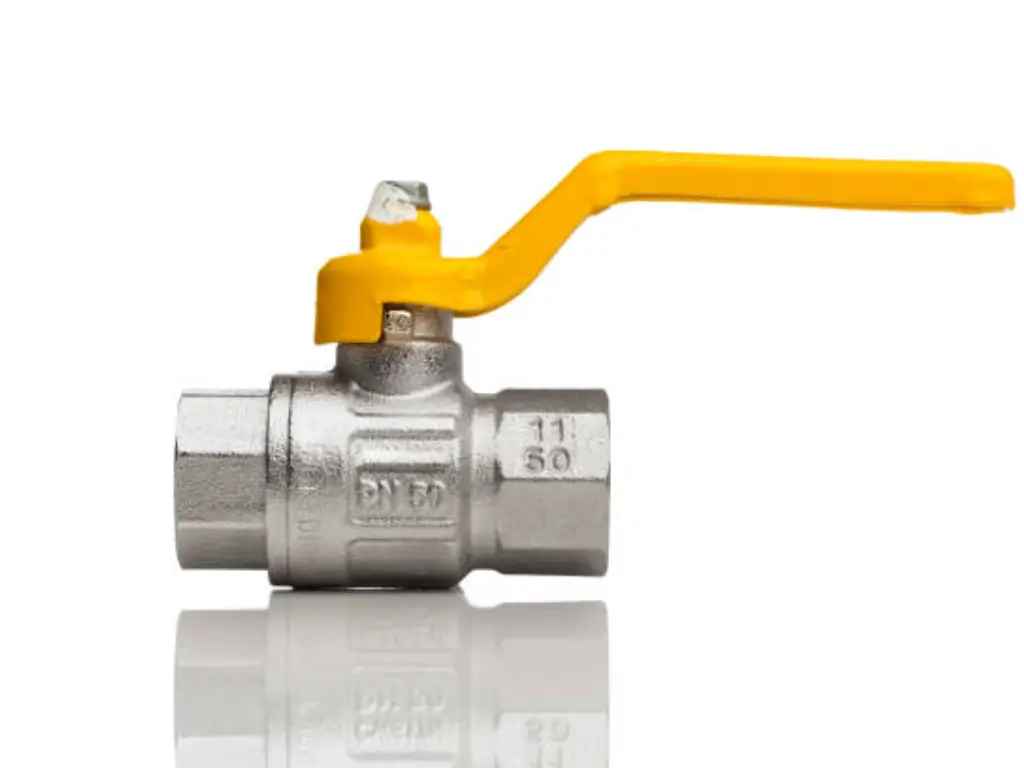
Maintenance Best Practices for Ball Valve Handles
Regular maintenance of ball valve handles combined with ball valve cavity relief is a must if you want to get optimum performance and reliability of the valves. Here are some best practices for maintaining your ball valve handles:
- Lubrication: Occasionally lubricate the moving parts of the handle, such as the valve stem, and any gears or bearings with a suitable lubricant. This is a means of reducing friction, preventing wear, and making sure that smooth operation is the outcome.
- Inspection: Ensure to inspect the handle on a regular basis for any signs of wear, damage, or erosion. Inspect for loose nuts or screws, cracks, or any other obvious defects. Make sure you address any problems immediately so that they don’t escalate or lead to a total breakdown.
- Cleaning: Make sure that main parts of the handle are free of dust, debris, or any residues from the process media. Toxicants build up over time which can hinder its normal function and lead to early wear and tear. Choose the cleaning methods in accordance with the handle material and the type of contaminants.
- Tightening: Eventually, due to vibration or repeat use, screws or other fasteners can come loose. Make it a habit of checking and tightening loose screws, bolts , or nuts to ensure a tight seal.
- Replacement: If the handle has signs of excessive wear, damage, or corrosion that can’t be repaired, then exchange it with a new one. Using a worn-out or damaged handle can cause the operation of the faucet to be improper, leaks to happen or hazards to come up.
- Storage: If you are storing spare or replacement handles, make sure that you do so in a clean, dry and protected place. The right storage will avoid the damage, corrosion or contamination that can occur before the installation.
Through the use of these maintenance best practices you will give your ball valve handles a longer life, ensure their reliable operation, and at the same time decrease the possibility of unplanned failures, ball valve problems or downtime in your application.

Purchase Guide: How to Choose the Right Ball Valve Handle
Deciding on the right ball valve handle for your application is very important because it will determine how well it will perform, how easily you will use it and how long it will last. Here are some key factors to consider when selecting a ball valve handle:
- Valve Size and Type: Think over the size and type of your types of ball valves. Make sure that the handle you choose will be suitable for the exact type of valve size and type. For example, there are full port ball valves, standard port ball valves, trunnion ball valves and floating ball valves.
- Operating Torque: Find out the operating torque that the valve needs. The factors like the valve size, media pressure, and flow rate play a role in this. Select a handle that can give high enough torque to allow the valve to be opened and closed easily and efficiently.
- Frequency of Operation: Explore the use of the valve frequency. For valves that are frequently operated, a lever handle or an actuator may be a better solution than a gear operator.
- Environment and Media Compatibility: Analyze the operating environment and the media that will be transferred through the valve. Select a handle material that is compatible with the media and can resist the given environmental conditions, for example, the temperature, pressure, and corroding environment.
- Safety and Security: Take into account the safety and security aspects of your application. If unauthorized operation has to be stopped, think about using a handle with a lock or an actuator with a built-in lock.
- Ease of Installation and Maintenance: Simple installation and maintenance are the factors to be considered in choosing a handle. Seek handles that offer you a clear installation plan and the necessary replacement parts in case you need to perform maintenance in the future.
- Budget: Decide your budget on the ball valve handle. Though it is necessary to buy a good quality handle, which meets your application requirements, it is worthwhile to consider the overall cost-effectiveness and long-term value of the handle.
Through proper assessment of these factors and consultations with valve manufacturers or industry experts, you will be in a position to choose a ball valve handle that is appropriate for your particular application and that will guarantee the best performance and reliability.
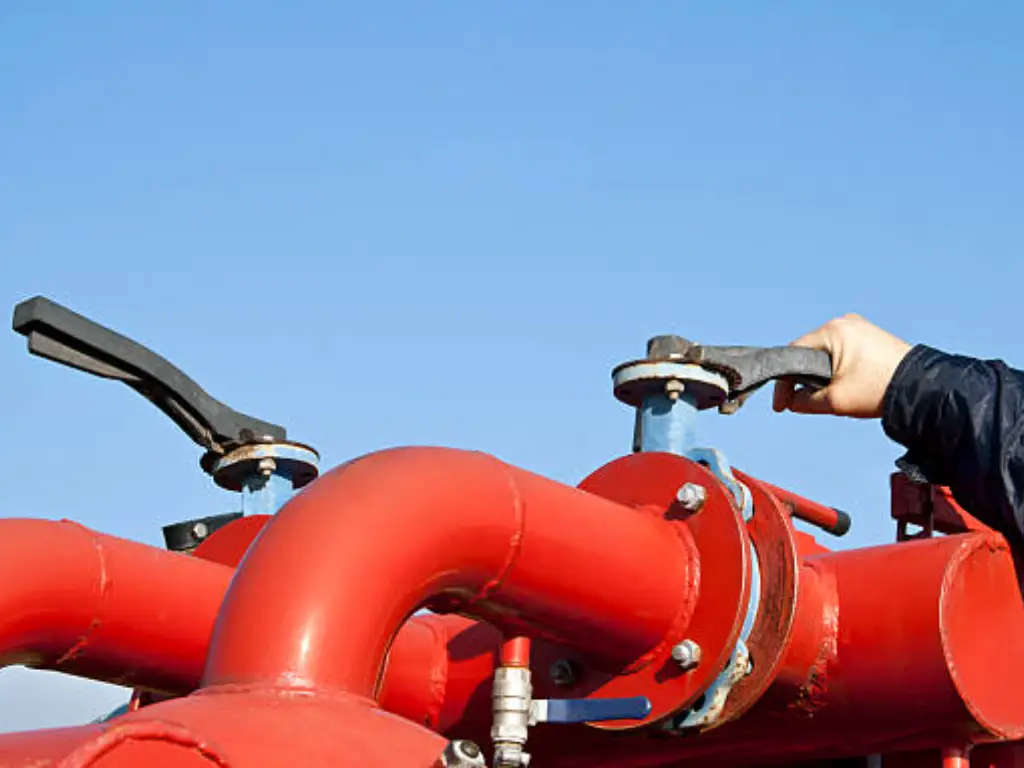
Future Trends in Ball Valve Handle Design
In addition, the ball valve handle designs are also evolving to meet the new challenges that arise with the changing industries. Here are some future trends in ball valve handle design:Here are some future trends in ball valve handle design:
Smart Handles: The notion of smart handles driven by the increasing adoption of Internet of Things (IoT) technologies is coming up. These handles can give real-time data about the valve position, working conditions, and performance, which enables remote monitoring and predictive maintenance.
Ergonomic Designs: Manufacturers try to design handles that are ergonomic in nature and which improve operators comfort and reduce fatigue. This is more so for valves that require regular manual operation. A new generation of handles with ergonomic features such as soft-grip materials, optimized shapes and adjustable positions is being developed and included in the design.
Lightweight Materials: The modern industry seeks to use lightweight materials, e.g. advanced polymers or composite materials, for ball valve handles. These materials present high strength-to-weight ratios, corrosion resistance, and enhanced durability, which makes them competitive for the applications where weight reduction is an essential factor.
Modular Designs: The modular handle designs are increasingly being preferred as they enable the users to easily customize or replace components of handle depending on their specific needs. This approach ensures the high availability of production, minimizes the maintenance downtime and simplifies the spare parts management.
Integration with Automation Systems: The trend of automation in multiple industries is leading ball valve handles to be developed to work smoothly with automation systems. The handles should have in-built position indicators, feedback sensors, or direct mounting options for actuators, which will in turn be easy to integrate and control.
Enhanced Security Features: As security concerns and unauthorized access are becoming prominent issues, designers are implementing advanced security features like biometric recognition, RFID tags, or digital locks. These features are responsible for allowing only authorized personnel to operate the valves, therefore, they are the ones that increase the security and safety of the plant.
The ability to keep up with these future trends and developments in ball valve handle design will help you make the right choices when choosing handles for your applications. These valves will have the latest technology and features to meet the demands of the industries as they evolve.
Conclusion
Throughout this guide, we take a closer look at different types of ball valve handles which are designed to suit specific applications across all kinds of industrial environments. During the process of installing the ball valve handles, the adherence to the exact guidelines is of utmost importance so that the alignment and operation are perfect. Secondly, the routine cleaning of these handles cannot be underestimated; it is vital to the lifespan and optimal operation of your valve systems. Remember, correct handle selection not only increases operational efficiency but also largely contributes to the safe and reliable working of your fluid control systems. Make the right choices and maintain your systems properly to prevent downtime for your production.









